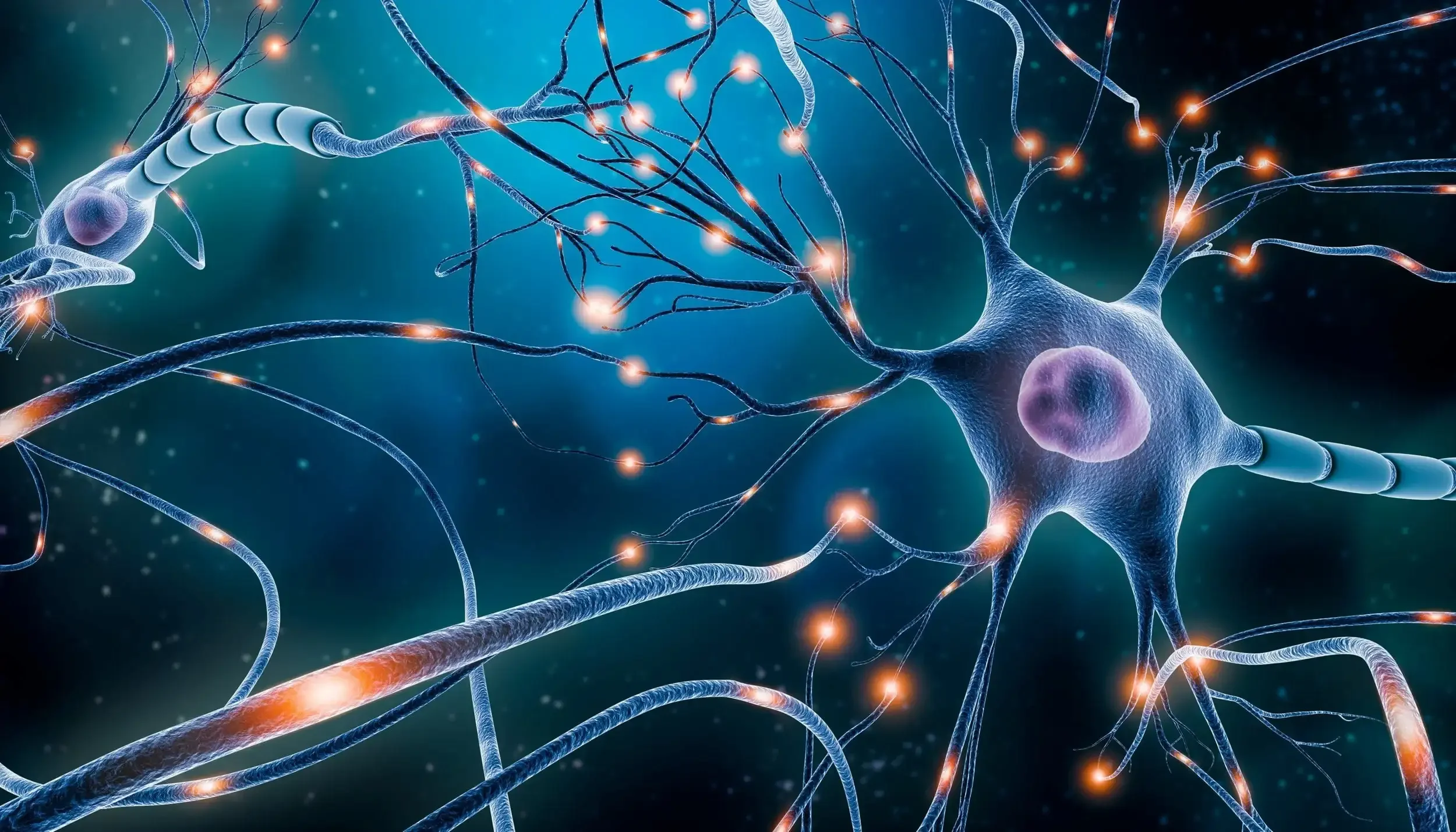EMDR Therapy in Walnut Creek: How It Helps You Heal
Key Takeaways
- EMDR Therapy helps you reprocess painful memories so they no longer define or limit you.
- This approach can also reduce anxiety and panic while strengthening confidence and resilience in daily life.
- EMDR can help you prepare for future challenges, building self-trust and skills to handle stress and uncertainty with greater ease.
At Resilience Focused Therapy in Walnut Creek, I offer EMDR therapy to help adults and teens heal from stress, anxiety, and past experiences that still feel “stuck.” As a Registered Nurse and Licensed Therapist, I take a whole-person approach—blending mind-body skills with evidence-based methods, including EMDR, to support lasting change.
Perhaps you’ve heard of EMDR and wondered what it is. EMDR, or Eye Movement Desensitization and Reprocessing, is a structured, evidence-based therapy developed by Dr. Francine Shapiro in the late 1980s.
Dr. Shapiro discovered that when she moved her eyes side to side while recalling a painful memory, its emotional charge decreased. Today, that discovery forms the basis of EMDR therapy, which helps people process difficult experiences and find relief from lingering emotional distress.
How EMDR Therapy Works
During EMDR therapy sessions, clients briefly focus on a troubling memory while simultaneously engaging in bilateral stimulation (BLS)—gentle, alternating movements such as eye movements, tapping, hand buzzers, or auditory tones.
This process supports the brain’s natural healing ability, helping you reprocess memories so they no longer feel painful or overwhelming. What makes EMDR unique is that it allows healing to happen without requiring you to relive every detail of the past. Instead, the memory becomes less emotionally charged, allowing you to feel calmer, safer, and more in control.
In my practice, I tailor each EMDR session to your comfort level—whether you prefer tactile buzzers, gentle tones, tapping, or guided eye movements—so the experience feels safe and supportive from start to finish.
How EMDR Can Help
Although EMDR was first developed to treat trauma, research now shows it can help with many challenges beyond post-traumatic stress. I use EMDR to support clients with:
Trauma: Whether it stems from childhood experiences, medical events, or something more recent, EMDR helps your brain reprocess distressing memories so they no longer feel as painful or triggering.
Generalized Anxiety: EMDR can quiet racing thoughts and ease ongoing worry by helping your mind and body feel safe in the present—and by reconnecting you with your natural capacity for resilience.
Performance Anxiety: If you struggle with confidence in high-pressure moments such as public speaking, work presentations, or exams, EMDR can help you feel more grounded, calm, and focused.
Phobias and Fears: EMDR can reduce fears such as driving, heights, or speaking in public by helping your nervous system unlearn old fear responses.
Panic Attacks: This approach can reduce both the intensity and frequency of panic attacks, helping you regain a sense of safety and control in your body.
Social Anxiety: EMDR can ease the discomfort and self-consciousness that arise in social settings, making it easier to connect and feel at ease with others.
Preparation for Future Challenges: EMDR can also be used proactively to help you process fears and anxieties tied to upcoming challenges, such as a performance, a difficult conversation, or a life transition. By working through these fears in advance, you can approach future situations with greater confidence, emotional stability, and a sense of control.
In my Walnut Creek practice, I often pair EMDR therapy with the Flash technique, a science-backed approach that uses positive distraction to help your brain process painful memories more gently. Both EMDR and Flash activate the brain’s natural healing process, easing symptoms and helping you move forward with greater peace and resilience.
I also integrate EMDR and Flash with other therapies, tailoring each session to your unique needs and goals.
Using EMDR to Prepare for Future Events
EMDR is not only for processing past painful experiences—it can also be used proactively to reduce anxiety about future situations.
If you’re facing an upcoming work presentation, performance review, difficult conversation, or life transition, EMDR can help your brain “rehearse calm.” By linking current worries with your existing skills and strengths, it allows you to approach these moments with greater ease and confidence.
This forward-looking use of EMDR can make stressful moments feel more manageable and empowering.
A Therapist’s Perspective: What Healing Often Looks Like with EMDR Therapy
Clients often begin EMDR therapy feeling weighed down by unresolved memories or chronic anxiety. Over time, they describe a growing sense of ease and steadiness—as if the emotional “charge” of past experiences has softened. Many notice they feel less burdened by what once held them back, less stuck in old patterns, and more connected to a deep sense of self-trust and confidence in daily life.
If You’re Considering EMDR Therapy
EMDR is more than a therapy—it’s a supportive approach that helps you restore balance, ease emotional distress, and feel more centered in your daily life. Whether you’re working through trauma, managing anxiety, or preparing for an upcoming challenge, EMDR offers a compassionate and effective path toward healing and growth.
I offer EMDR therapy in Walnut Creek and virtually across California.
Learn more about how EMDR therapy works and whether it might be a good fit for you.
Therapist Bio
Cari Browning, RN, LCSW, is a licensed therapist and founder of Resilience Focused Therapy in Walnut Creek, CA. Dually trained as both a nurse and psychotherapist, she brings a whole-person, mind-body perspective to her work—supporting both mental and physical health. Cari specializes in helping adults, couples, and teens navigate anxiety, stress, trauma, and relationship challenges with evidence-based approaches, including EMDR, DBT, and the Gottman Method. She is passionate about blending science-backed strategies with compassionate care to help clients feel more confident, resilient, and connected.
**If you found this blog post helpful, please feel free to share it with others.
